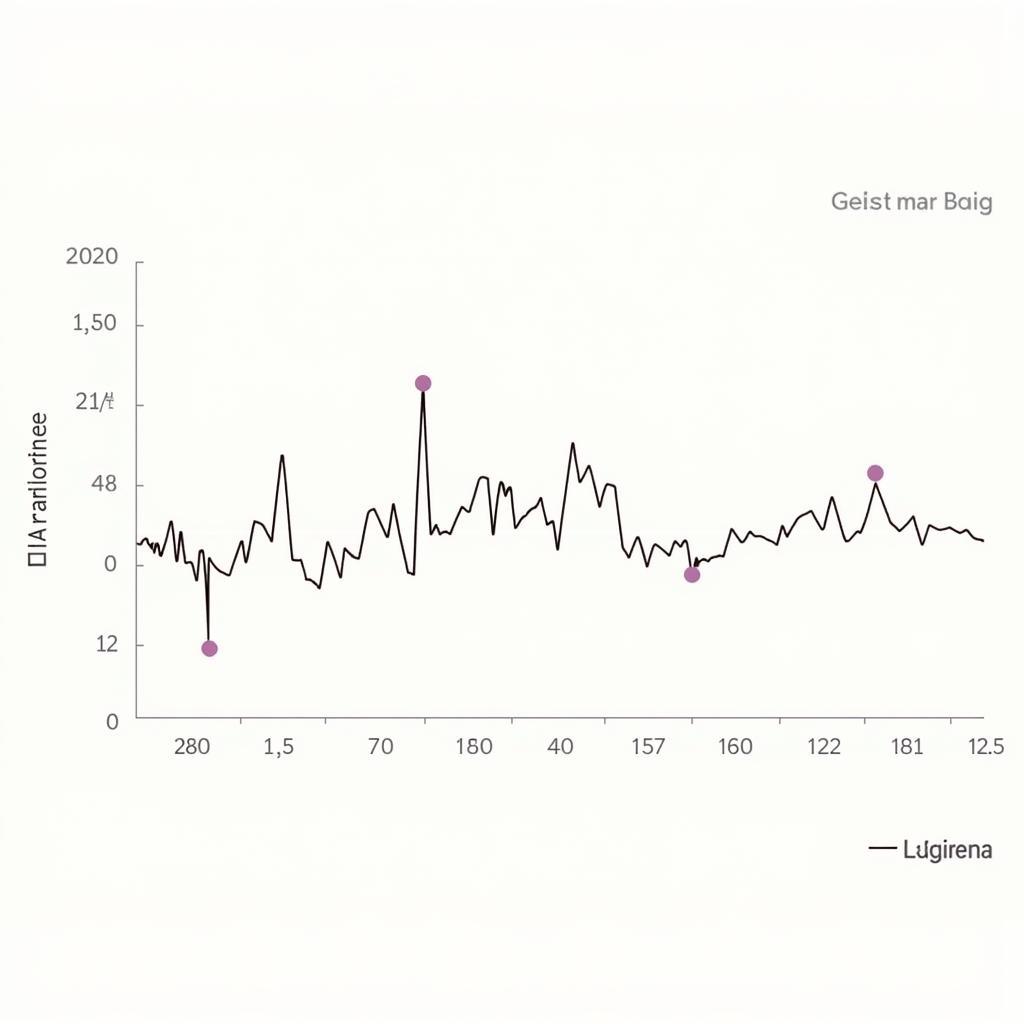Mountain Lion vs African Lion: A Comparison of Two Apex Predators
The animal kingdom sparks endless curiosity, with questions about strength and dominance often arising. One such intriguing matchup is the “Mountain Lion Vs African Lion” debate. While geographically separated, these two big cats fascinate wildlife enthusiasts. This article delves into a comprehensive comparison of these apex predators, exploring their physical characteristics, hunting strategies, habitats, and more.
A Tale of Two Lions: Size and Appearance
The most striking difference between a mountain lion and an African lion is their size. African lions, the second largest cat species globally, dwarf their American counterparts. Male African lions can reach up to 8 feet in length and weigh over 500 pounds, while females average around 6 feet and 300 pounds.
Mountain lions, also known as cougars or pumas, are significantly smaller. Males typically measure 6-8 feet long and weigh 130-220 pounds, while females are slightly smaller. This size difference reflects their ecological roles and prey availability in their respective habitats.
Visually, the two species are also distinct. African lions are easily recognizable by their tawny coats and the males’ impressive manes. The mane serves as a visual signal of dominance and maturity. Mountain lions, on the other hand, sport a uniform tan or reddish-brown coat, providing excellent camouflage in their predominantly mountainous and forested habitats.
 African Lion vs Mountain Lion Size Comparison
African Lion vs Mountain Lion Size Comparison
Geographic Locations: A World Apart
As their names suggest, the African lion and the mountain lion inhabit vastly different regions. African lions are found throughout sub-Saharan Africa, thriving in savannas, grasslands, and open woodlands. Their social structure, living in prides, is a direct adaptation to these open environments where cooperative hunting is advantageous.
In contrast, mountain lions are solitary creatures and hold the widest distribution of any wild terrestrial mammal in the Western Hemisphere. They are found in diverse habitats across North and South America, from the Canadian Yukon to the southern Andes Mountains. Their adaptability allows them to thrive in forests, deserts, and even swamps, showcasing their versatility.
Hunting Prowess and Prey
Both African lions and mountain lions are apex predators, playing crucial roles in their respective ecosystems. However, their hunting techniques differ significantly, reflecting their environments and prey choices.
African lions, particularly females, are cooperative hunters, often working together to bring down large ungulates like zebras, wildebeest, and buffalo. Their powerful limbs and sharp claws make them formidable predators, capable of taking down prey significantly larger than themselves.
 Mountain Lion Ambushing Prey
Mountain Lion Ambushing Prey
Mountain lions, as solitary hunters, rely on stealth and ambush tactics. Their preferred prey consists of deer, elk, and smaller mammals. Their powerful hind legs allow for incredible leaps and bounds, making them adept at chasing down and subduing their quarry.
Roar vs. Scream: Communication Styles
Interestingly, despite both being referred to as “lions,” their vocalizations differ significantly. The African lion is renowned for its bone-chilling roar, a powerful communication tool used for territorial defense and social cohesion within the pride. This roar can be heard up to 5 miles away, asserting their dominance across the savanna.
Mountain lions, unlike their African counterparts, cannot roar. Instead, they produce a variety of sounds, including hisses, growls, and a high-pitched scream. This scream, often mistaken for a woman’s shriek, is used for communication over long distances, especially during mating season.
Conservation Status and Challenges
Both African lions and mountain lions face threats due to human activities. Habitat loss due to deforestation, agriculture, and human encroachment is a significant concern for both species. Additionally, human-wildlife conflict, poaching, and the illegal wildlife trade pose further challenges.
The African lion is currently listed as “Vulnerable” on the IUCN Red List, with populations declining across their range. Mountain lion populations, while more stable, are also threatened in certain areas due to habitat fragmentation and persecution. Conservation efforts are crucial to ensure the long-term survival of these magnificent cats.
Exploring More Fascinating Wildlife Comparisons
Intrigued by the differences between these powerful felines? Delve deeper into the world of big cat comparisons with our article on Barbary lion vs African lion size, uncovering the fascinating history and characteristics of these majestic creatures.
For those eager to discover the rich biodiversity of the African continent, our guide to African countries with most wildlife offers a captivating exploration of the continent’s most vibrant ecosystems and the remarkable animals that call them home.
Conclusion: Celebrating Two Unique Predators
The “mountain lion vs African lion” comparison highlights the remarkable diversity within the Felidae family. While sharing the title of “lion,” these two animals showcase unique adaptations, hunting strategies, and ecological roles shaped by their respective environments. Understanding and appreciating these differences allows us to marvel at the wonders of the natural world and emphasize the importance of conservation efforts to protect these magnificent creatures for generations to come.




